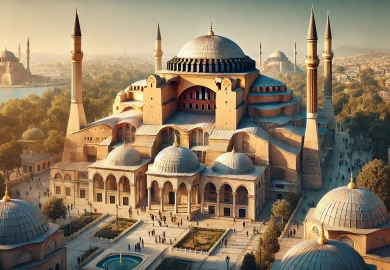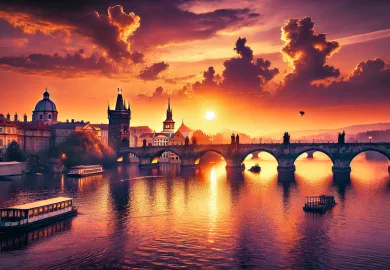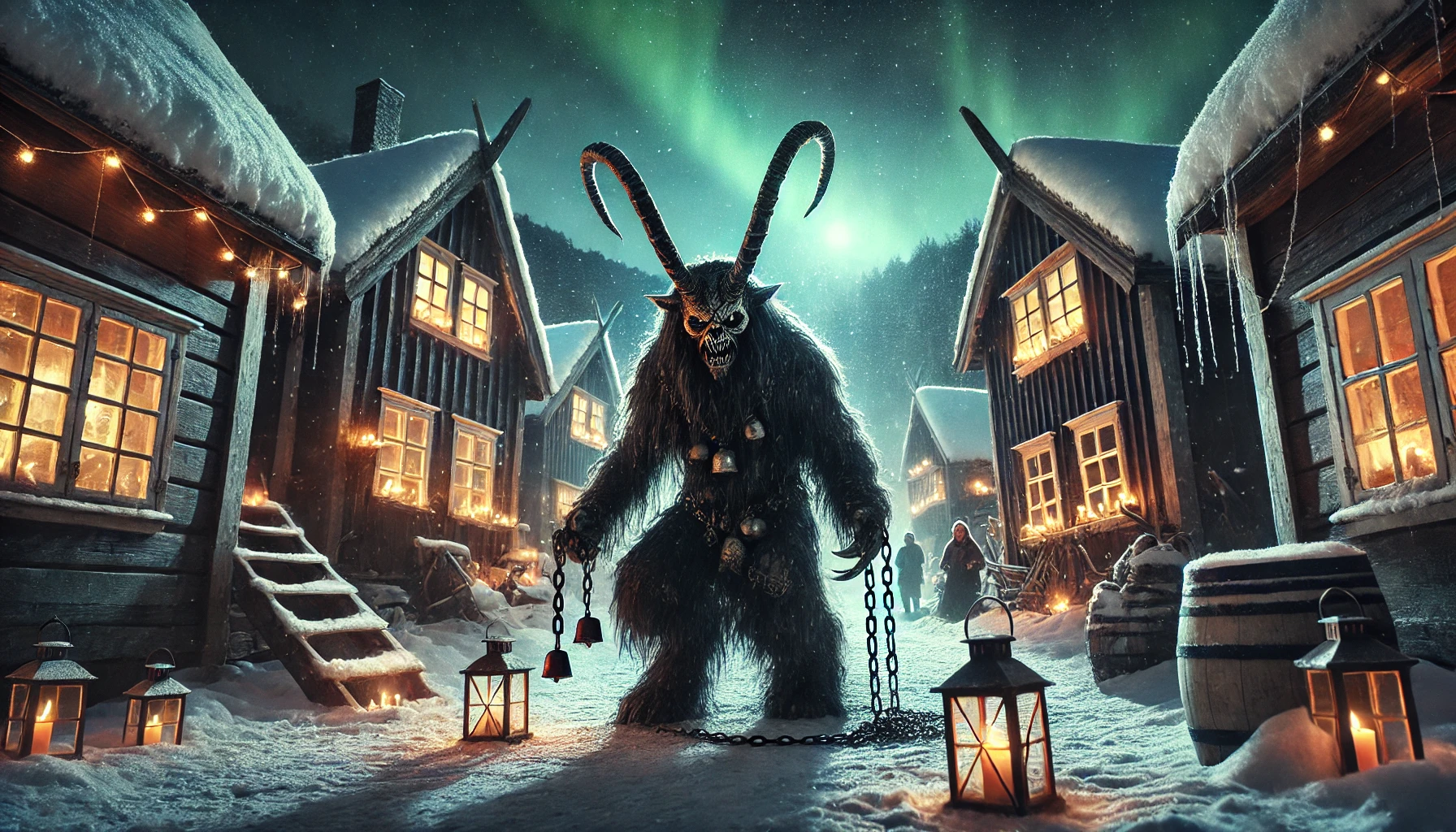
Krampusnacht, a night shrouded in mystery and fear, has been celebrated across various European cultures for centuries. However, in recent years, Norway has seen a resurgence of interest in this ancient tradition. With its roots in Alpine folklore, Krampusnacht offers a stark contrast to the light-hearted festivities of Christmas. Instead, it delves into the darker aspects of winter, bringing to life the terrifying figure of Krampus—a creature that punishes the naughty and mischievous. In Norway, this celebration has taken on unique characteristics, blending traditional elements with local customs, creating an unforgettable experience.
The Origins of Krampusnacht: From Alpine Folklore to Norwegian Traditions
Krampusnacht, also known as the Night of Krampus, originates from Alpine regions, including Austria, Germany, and Slovenia. The legend speaks of Krampus, a fearsome creature with horns, cloven hooves, and a long tongue, who accompanies St. Nicholas during the Advent season. While St. Nicholas rewards well-behaved children with gifts, Krampus is responsible for punishing those who have misbehaved, often with a swat from his bundle of birch branches or even being carried off in his sack.
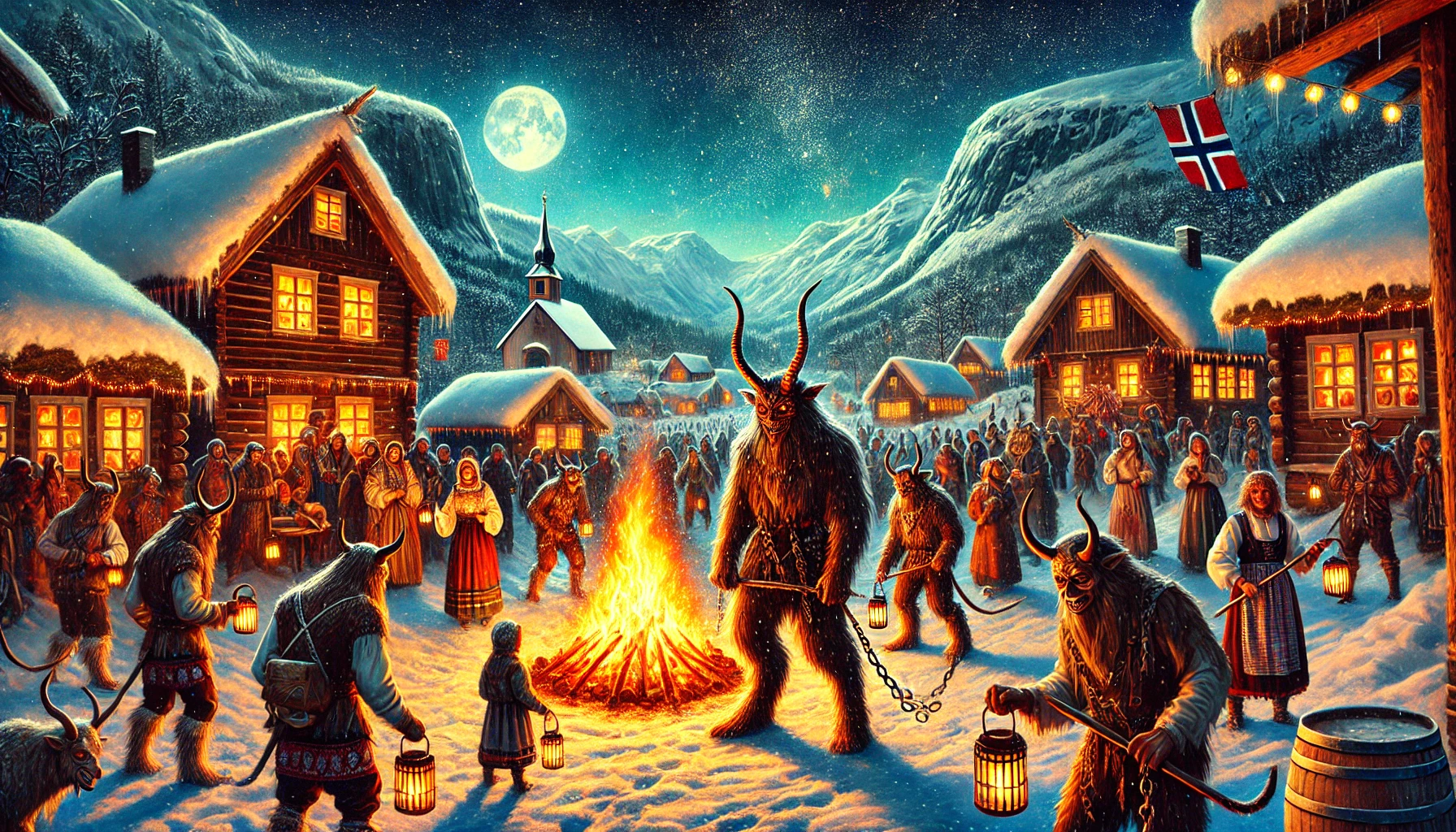
In Norway, Krampusnacht has been adapted to fit the local cultural context. Although not originally a part of Norwegian folklore, the figure of Krampus has been embraced by certain communities, particularly in regions with strong Germanic influences. This adaptation is often seen in small villages and towns where local residents have embraced Krampusnacht as a way to connect with broader European traditions, while also putting a distinctly Norwegian spin on the event.
One of the most significant changes in the Norwegian version of Krampusnacht is the integration of local myths and legends. In some areas, Krampus is merged with figures from Norse mythology, such as trolls or the hulderfolk, mystical beings who dwell in the wilderness. This fusion creates a unique atmosphere where the boundaries between ancient folklore and modern celebrations blur, making Krampusnacht in Norway an intriguing blend of fear and fascination.
Modern Krampusnacht Celebrations in Norway: A Night of Frights and Festivities
In recent years, Krampusnacht has evolved from a niche celebration into a more widespread event in Norway. While it remains less prominent than in its Alpine homeland, the growing interest in Krampusnacht reflects a broader trend of reviving and reinterpreting ancient traditions for contemporary audiences. This resurgence is fueled by a fascination with the macabre and the desire to experience something different from the usual holiday cheer.
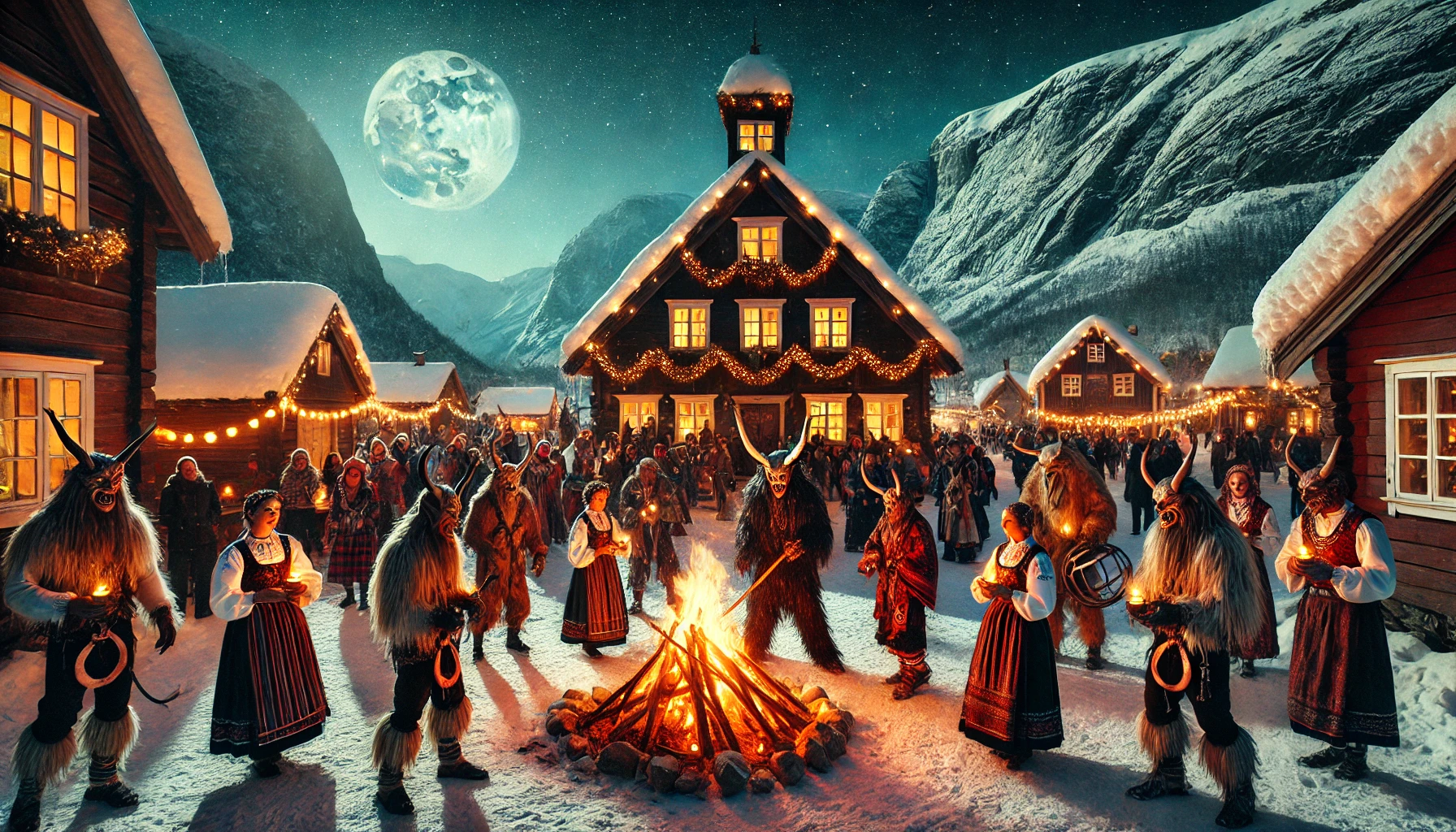
Krampusnacht in Norway is typically celebrated on the night of December 5th, the eve of St. Nicholas Day. In some towns and villages, local communities organize Krampus runs, where participants don elaborate costumes and masks to portray the terrifying Krampus. These events often involve processions through the streets, accompanied by the clanging of bells and the rattling of chains, as the Krampus figures seek out mischief-makers among the spectators.
In addition to the Krampus runs, other festivities have emerged around Krampusnacht. In certain areas, markets are set up, offering a range of Krampus-themed goods, from handmade masks and costumes to traditional Norwegian treats. These markets provide an opportunity for locals and visitors alike to immerse themselves in the spirit of the night, while also enjoying the convivial atmosphere that often accompanies such gatherings.
Despite the fearsome nature of Krampus, Krampusnacht in Norway is also seen as a time for community bonding. Families and friends come together to celebrate the darker side of the season, sharing stories, enjoying warm drinks, and participating in various activities. For many, it is a welcome alternative to the more commercial aspects of Christmas, offering a chance to reconnect with the roots of winter traditions.
The Symbolism and Meaning of Krampusnacht: Exploring the Dark Side of Christmas
Krampusnacht is more than just a night of frights; it carries deep symbolic meaning, particularly in the context of the Christmas season. The figure of Krampus represents the duality of human nature—the light and the dark, the good and the evil. While Christmas is typically associated with joy, generosity, and goodwill, Krampusnacht serves as a reminder that darkness also has a place in our lives and traditions.
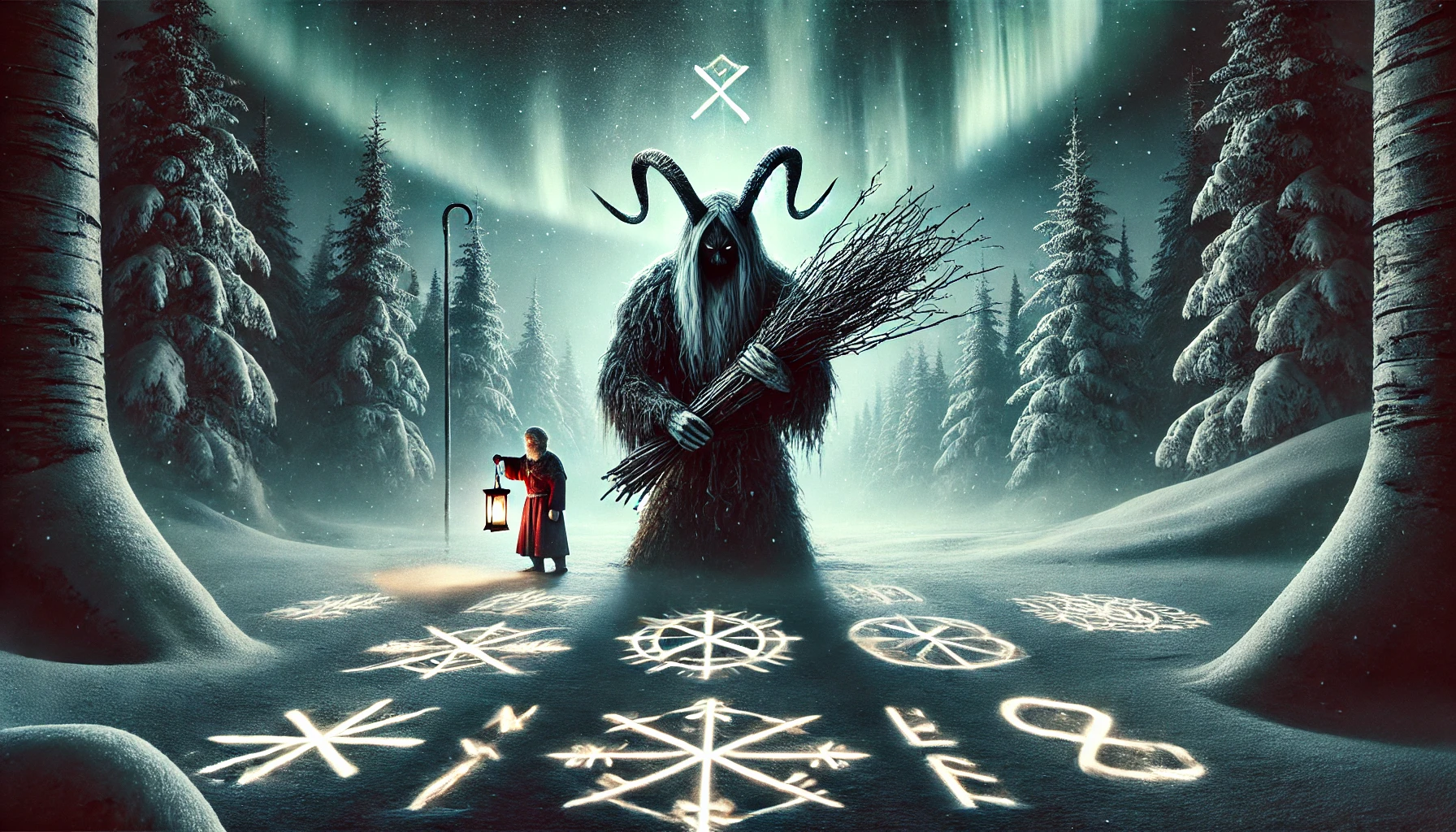
In Norway, this symbolism resonates strongly with the country’s natural landscape and cultural heritage. The long, dark winters, where daylight is scarce, create an environment where the line between reality and the supernatural often feels thin. Krampusnacht taps into this primal fear of the unknown, bringing to life the monsters that lurk in the shadows. It is a night where the usual order is overturned, and the darker aspects of human nature are acknowledged and confronted.
The celebration of Krampusnacht also reflects a broader cultural shift towards embracing the full spectrum of emotions and experiences, rather than just focusing on the positive. In a world where there is often pressure to maintain a façade of happiness, Krampusnacht offers a space where fear, anxiety, and the darker side of life can be expressed and ritualized. This cathartic experience allows participants to face their fears in a controlled environment, ultimately leading to a sense of relief and renewal.
Furthermore, Krampusnacht serves as a moral lesson, particularly for children. The figure of Krampus embodies the consequences of bad behavior, reinforcing the importance of kindness, obedience, and respect. In this way, Krampusnacht complements the more benevolent aspects of Christmas, offering a complete narrative that balances reward and punishment, light and dark.
The Future of Krampusnacht in Norway: Preserving Tradition and Embracing Change
As Krampusnacht continues to grow in popularity in Norway, questions arise about how this tradition will evolve in the future. Will it remain a niche celebration, confined to certain regions and communities, or will it become a more mainstream part of the holiday season? How will the integration of modern elements and commercial influences affect the authenticity of the event?
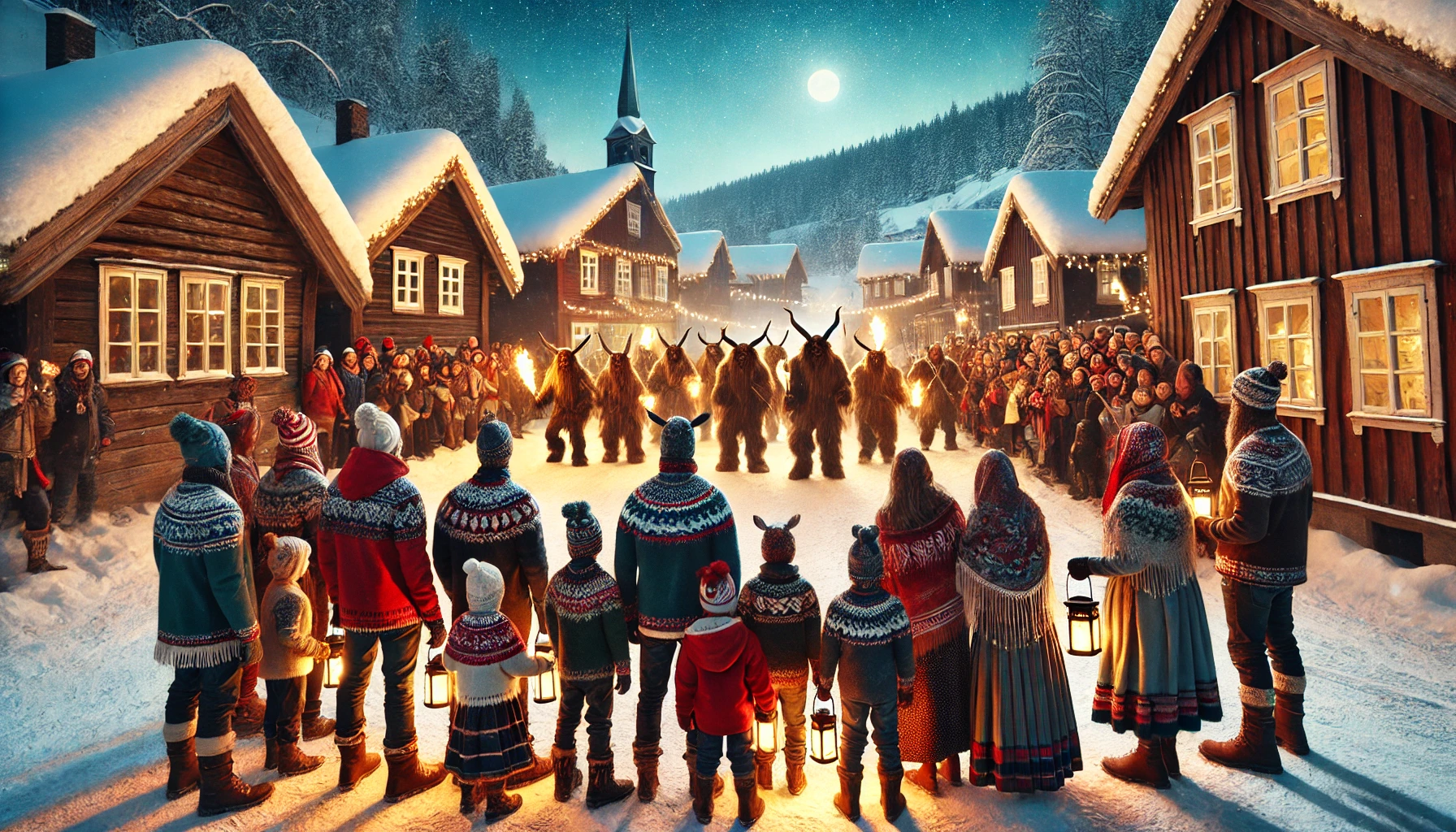
One possibility is that Krampusnacht in Norway will continue to develop as a dynamic, living tradition. As more people become aware of Krampusnacht and its unique place in the holiday calendar, there is potential for the celebration to spread to other parts of the country. This could lead to the creation of new rituals, events, and interpretations, further enriching the tradition and ensuring its relevance for future generations.
However, there is also the challenge of balancing tradition with innovation. While the incorporation of modern elements, such as themed merchandise and large-scale events, can help attract new participants, there is a risk of diluting the essence of Krampusnacht. To preserve the authenticity of the celebration, it will be important for communities to stay connected to the roots of the tradition, while also allowing for organic growth and adaptation.
Ultimately, the future of Krampusnacht in Norway will depend on the continued interest and engagement of both locals and visitors. As long as there is a desire to explore the darker side of winter and to connect with the ancient stories that have shaped our understanding of the world, Krampusnacht will remain a vital and vibrant part of the holiday season. Whether through small, intimate gatherings or larger, community-wide events, the spirit of Krampusnacht will continue to haunt the cold December nights in Norway, reminding us that even in the depths of winter, there is room for both light and darkness.






